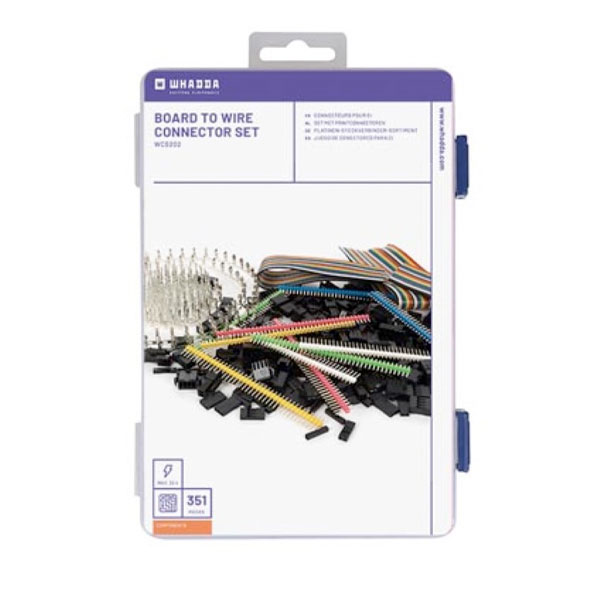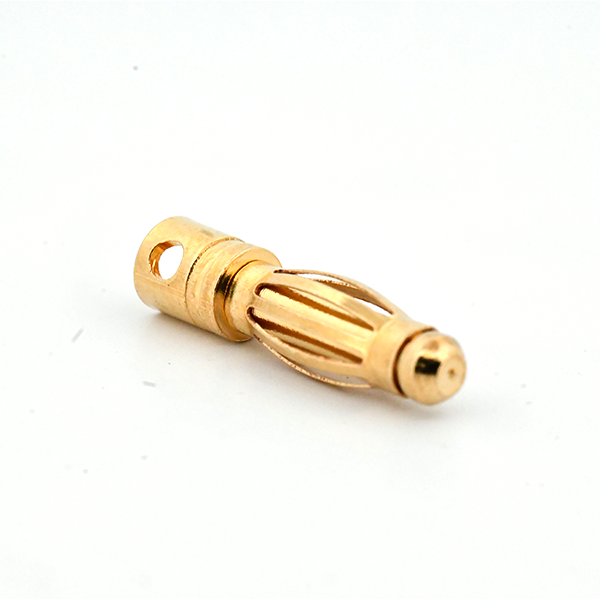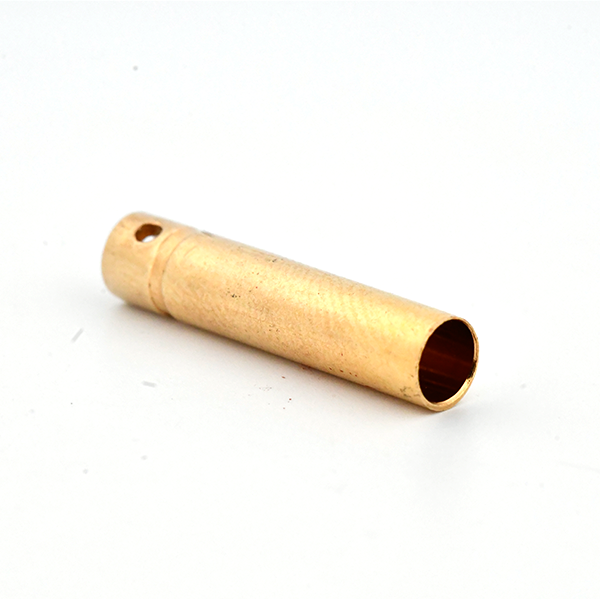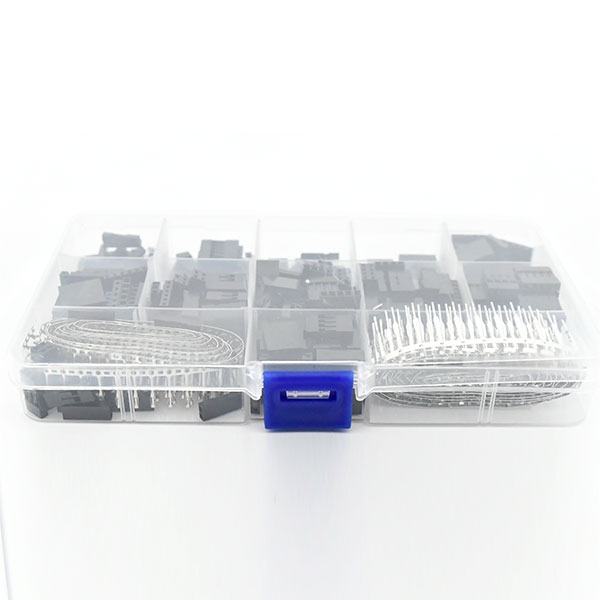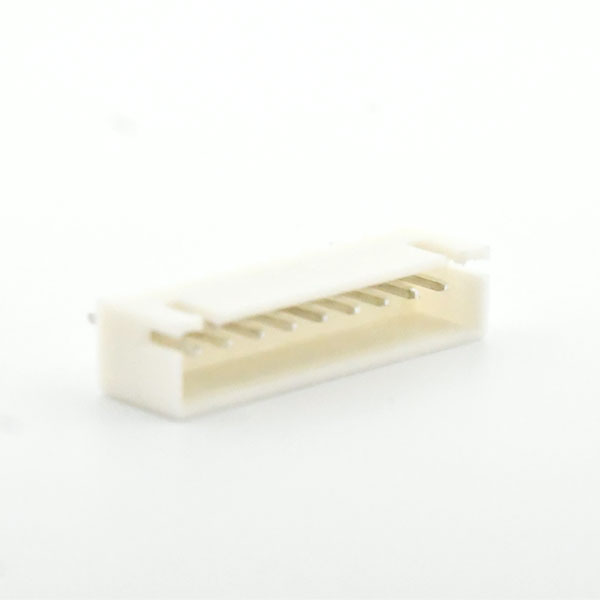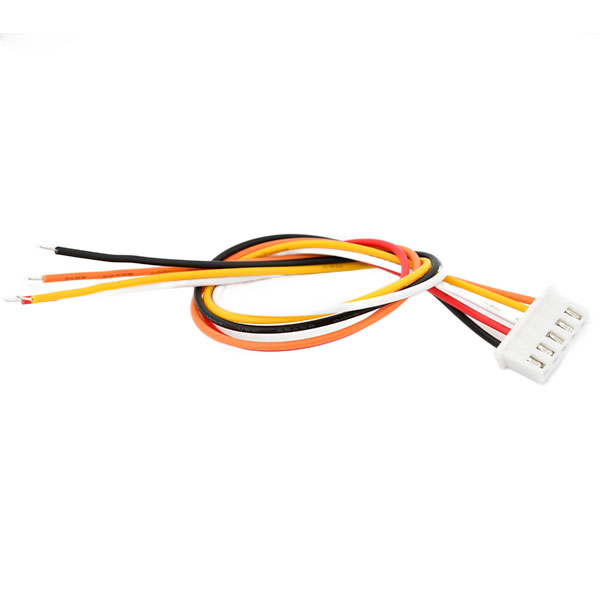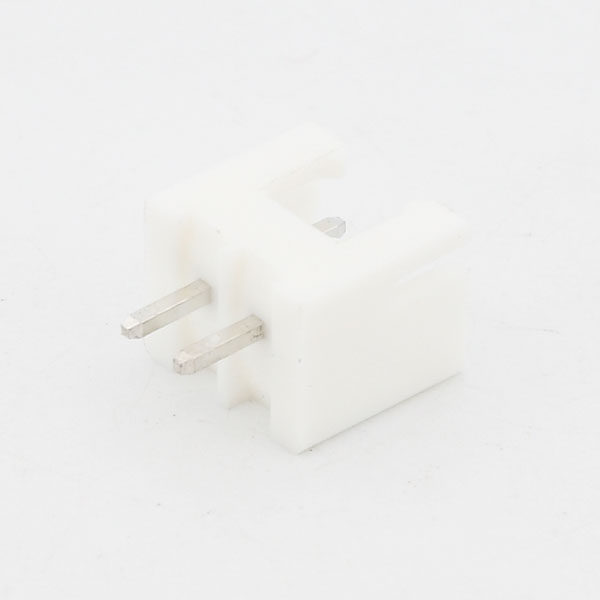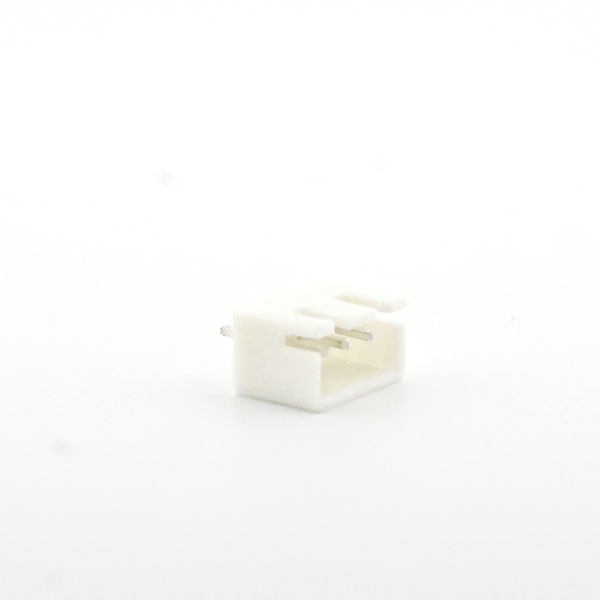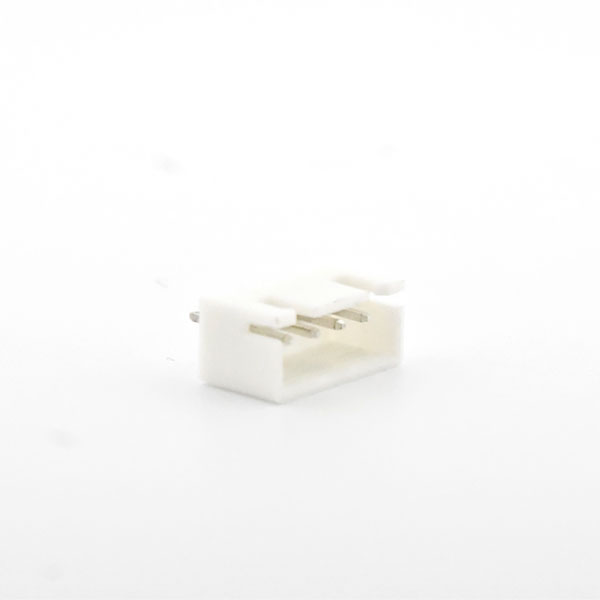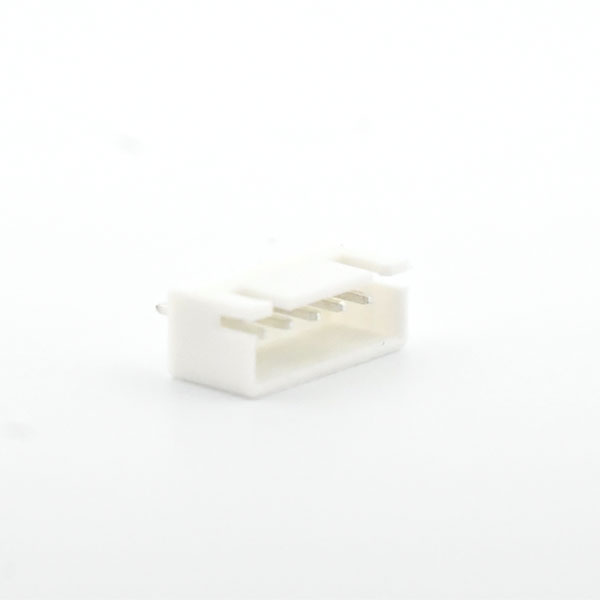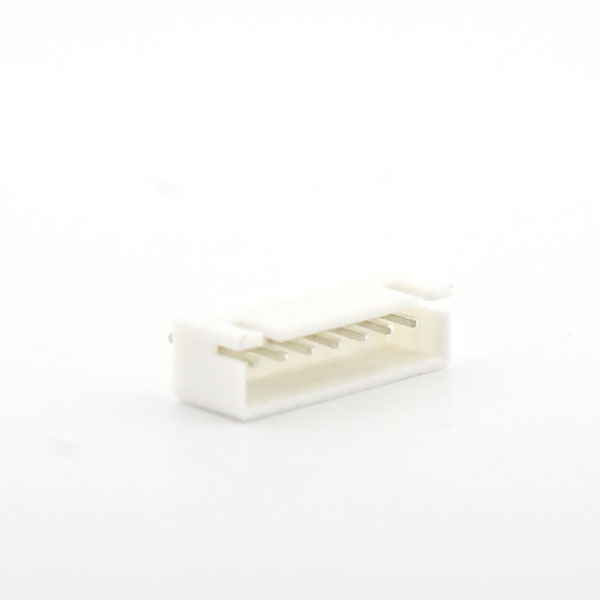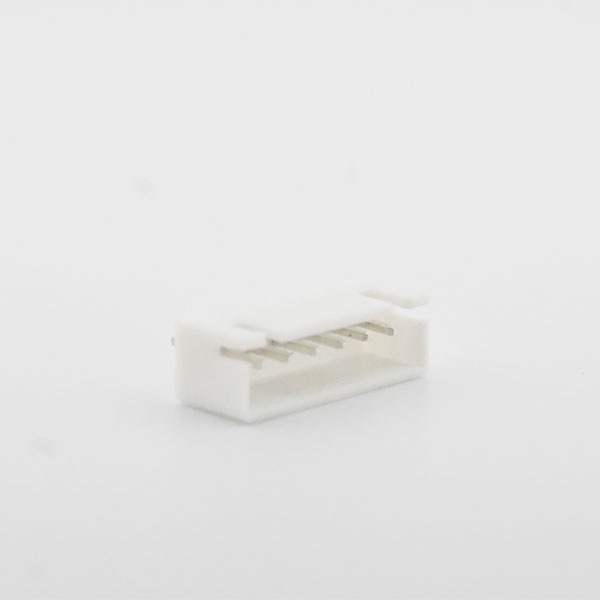5158+ reviews
Order by 16:00 for same day shipping
14 days return
EN
Individual
Business
Filters
Price
to
Type of cable/wire
LED / Display
Cable length
Connectors
Connectors are essential in electronics. They connect components and ensure safe and efficient power transfer. In every project, from prototype to finished product, reliable connections are crucial. Without the right connector, your circuit will not work properly. Whether you are using an Arduino, building a robot or creating a sensor network. Good connectors are indispensable. When designing or modifying circuits, connectors offer flexibility and convenience. They make it easy to connect, disconnect or replace components. There is no need to solder or cut wires. This saves time and makes maintenance easier. Both beginners and professionals benefit from this.
45 products found
Sort by:
Types of connectors and their applications
There are many types of connectors, each with a specific application. Dupont connectors are popular with hobbyists. They are simple, work without soldering and are suitable for breadboards and microcontrollers. Their plug-and-play design allows you to quickly set up or test circuits.
JST connectors are more compact and reliable. They provide a firm mechanical grip and are widely used in drones, batteries and small sensors. The click connection ensures that they remain firmly in place, even when moving.
Grove connectors are ideal for modular sensors. They eliminate soldering and speed up system building. This standard is useful for extensions and experiments.
Header pins are common on printed circuit boards. They come in male and female versions. They provide fixed but interchangeable connections for modules or cables. They are especially useful for expansion cards.
For heavy-duty applications, screw connectors or screw terminals are a good choice. They hold wires securely, without soldering. This makes them perfect for power supplies and high-current systems. They are also useful for maintenance, because you can easily change cables.
For power supply, barrel jacks and USB connectors are common. They provide a standardized connection for power supplies, laptops and other devices.
How to choose the right connector?
The right choice depends on several factors. First, look at the current and voltage level. Some connectors are suitable for signals, others for high current. The number of poles is also important. An LED needs two, but complex modules require more connections.
Also pay attention to the mounting method. Do you need to solder? Or does the connector work with a click or screw mechanism? In compact projects, dimensions are crucial. Then choose small, efficient solutions.
Is the connection subject to movement? Then go for a connector that clicks or locks firmly. Do you work outdoors or in humid conditions? Then pay attention to the IP value. An IP65 connector is resistant to dust and water.
Tips for installation and use
Always work neatly and accurately. Strip cables to the correct length and use crimping pliers for a firm connection. Pay close attention to polarity, especially for power connections. Mistakes can damage your components.
For quick tests, Dupont connectors are useful. For permanent applications, soldering or screwing is better. Additional protection, such as heat shrink or conduit, extends the life of your project. Strain relief prevents cables from coming loose or breaking.
With the right connector, you can work more safely, quickly and confidently. Whether you are experimenting or building a final product, good connections make all the difference.
